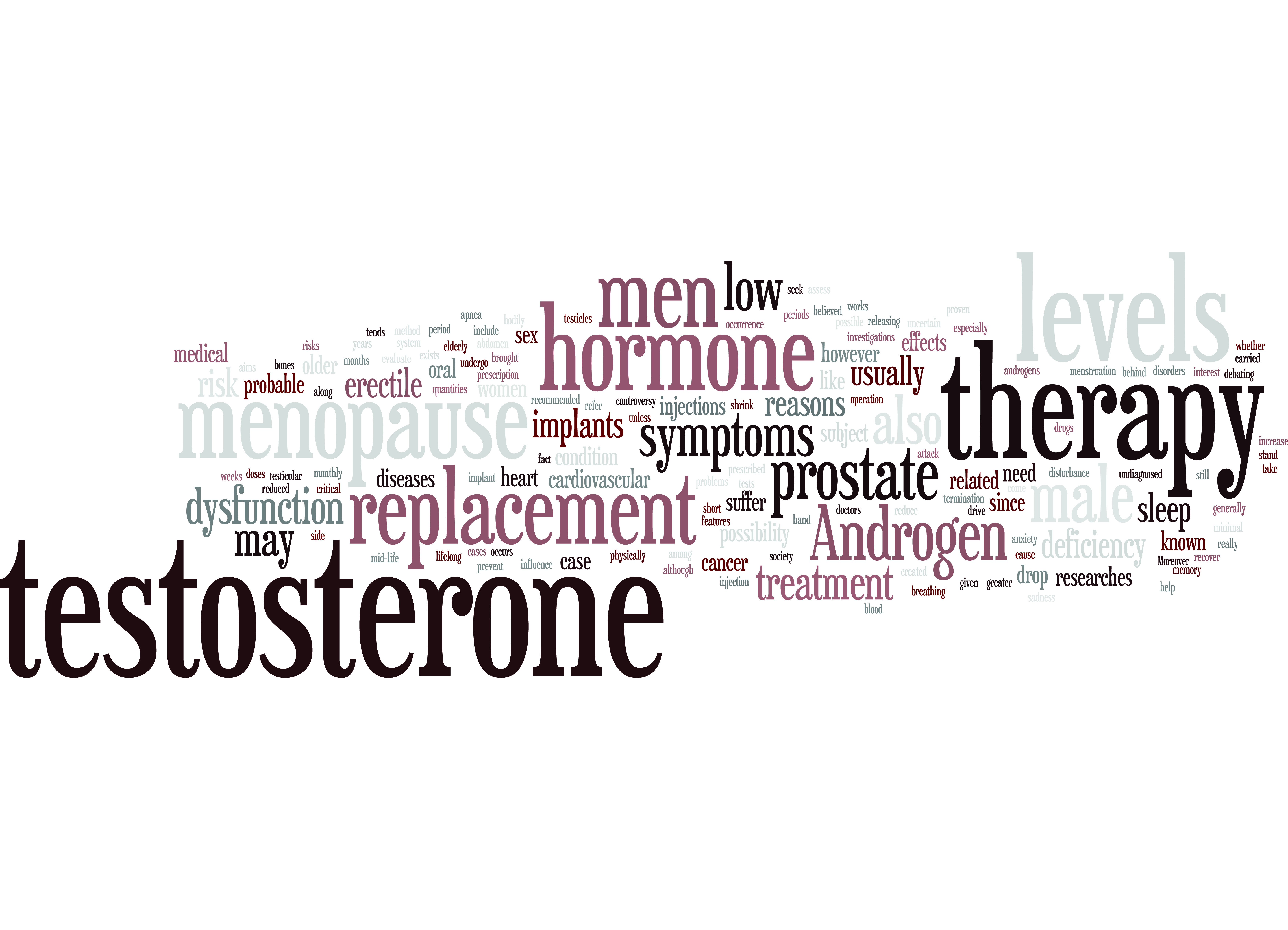The difference between addiction and dependence?

By Ann L. Shaughnessy
Back in the forties and fifties smoking was called a “bad habit.” Look where that went. It can take a long time for a habit to show up as something far more serious, even fatal. What we face now is the new testosterone replacement therapy craze, advertised constantly, by doctors, like Camels and Lucky Strikes were advertised, by doctors, forty years ago. Despite all the warnings.
The actual definitions of addiction and dependence are very controversial and have been the subject of much debate, especially in the development of the criteria for the Diagnostic and Statistical Manual of Mental Disorders (DSM)
However, The Public Policy Statement from The American Society of Addiction Medicine defines addiction as “a primary, chronic disease of brain reward, motivation, memory and related circuitry. Dysfunction in these circuits leads to characteristic biological, psychological, social and spiritual manifestations. This is reflected in an individual pathologically pursuing reward and/or relief by substance use and other behaviors.”
So, let’s take the subject to the level that we can relate to, such as when a person might say, “Oh, I’m addicted to chocolate.” Or “I‘m addicted.” Puff puff. “I can’t quit.” Now take anabolic-steroids and try to understand how far that can go.
In a study done by Kanayama, Brower, Wood, Hudson and Pope, “Anabolic-Androgenic Steroid Dependence: an Emerging Disorder, “ the results showed that Anabolic-androgenic steroids (AAS) “may cause a distinct dependence syndrome, often associated with adverse psychiatric and medical effects.” They note that while athletes have used AAS to improve performance, “Today, however, most AAS users are not competitive athletes, but simply individuals who want to look leaner and more muscular.” The Marlboro Man?
In their research, they also noted that “AAS dependence might share features with opioid dependence in humans. Animal studies with AAS self-administration showed that “hamsters will self-administer testosterone, including direct intracranial injections to the point of death and they develop a syndrome of high-dose testosterone intoxication with opioid-like features.”
While testosterone studies have been done on hamsters, rats and monkeys, and have shown that brain chemistry is modified by AAS with disastrous results, there is so little research done on the danger to human use of these drugs.
Yet, millions and millions of men and women are engaging in the use of these anabolic-androgenic drugs, upon the advice of their doctors, with little or no knowledge of what is going into their body or how it will affect them in the future.
Is it worth the RISK? We learned smoking was a leading cause of lung cancer. What will we find with AAS or better known as testosterone replacement therapy? Only time will tell…
Related News

We Need You!
We Need You! Science is working diligently on the psychological and psychiatric effects of testosteroneRead More

Congress has approved the $6 billion public health initiative
This week, President Obama signed into law the 21st Century Cures Act. Congress has approvedRead More


Comments are Closed